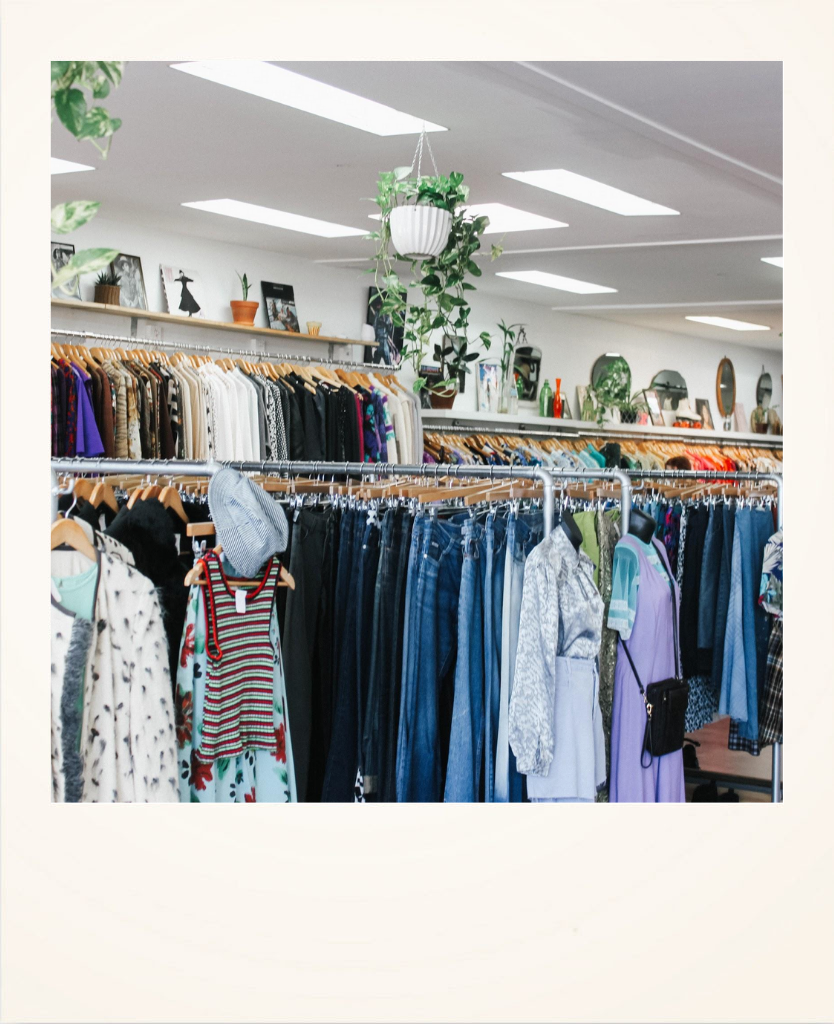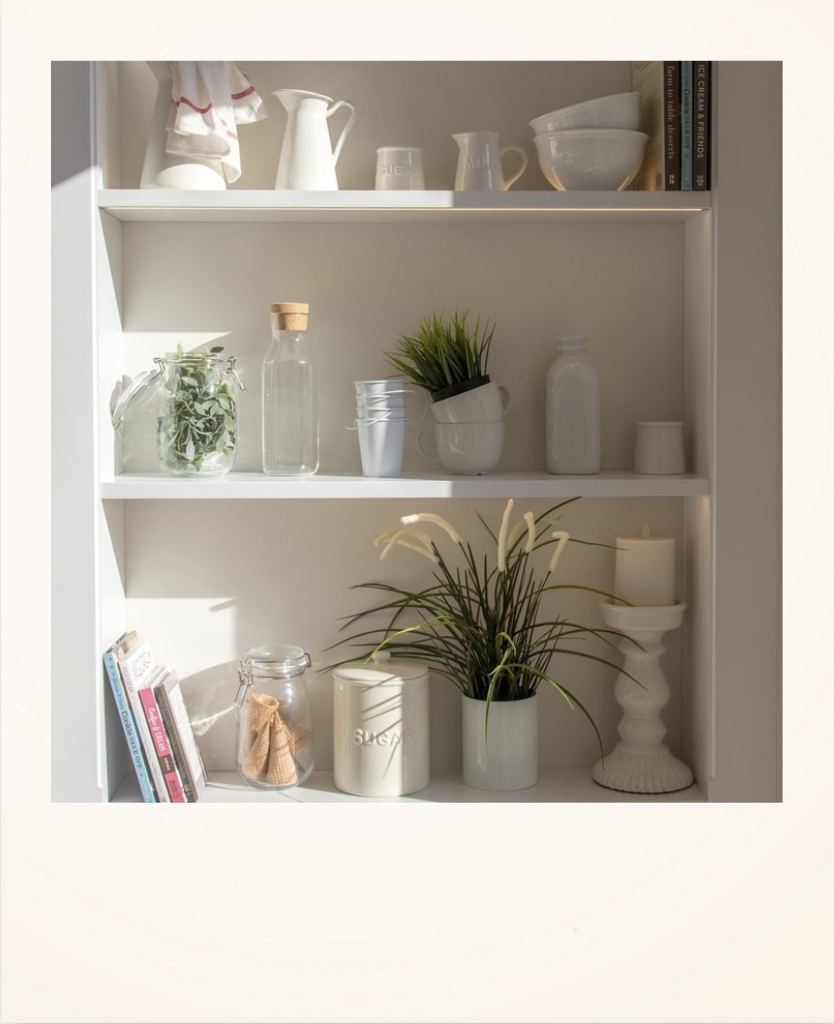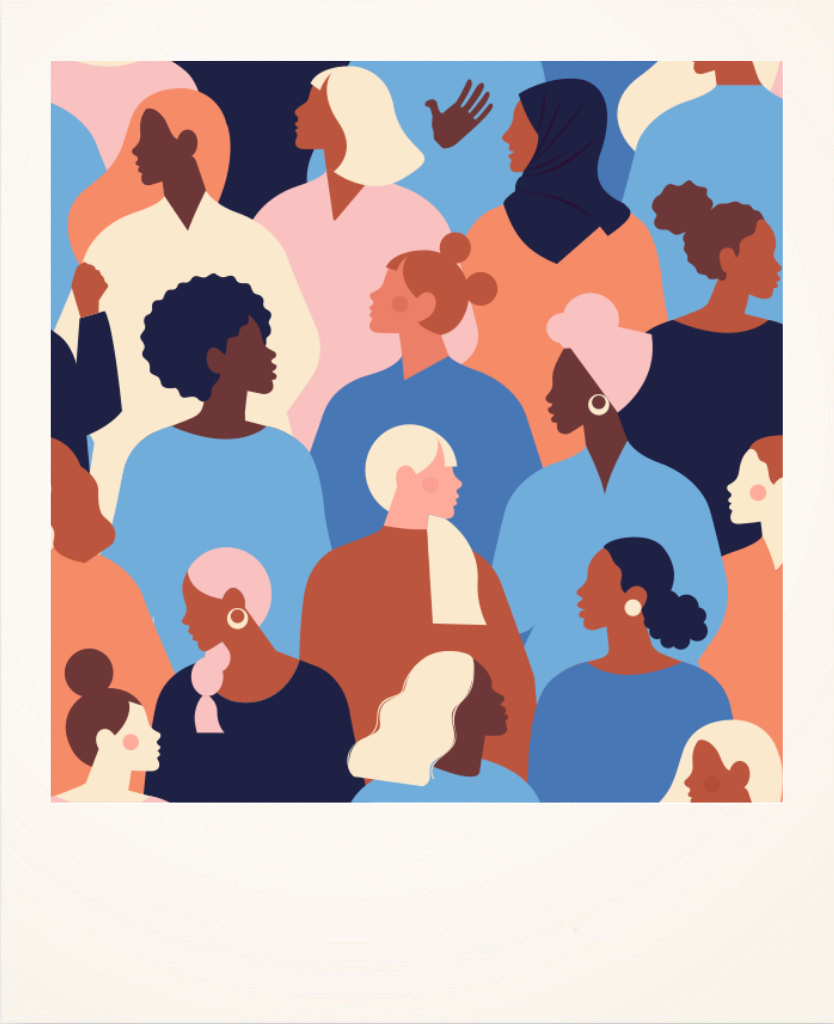Buy without thinking

Let's be honest. We've all been there, buying without thinking at some point. It's typical when you come across a website with incredible discounts and, without realizing it, end up buying much more than you need.
And it wouldn't really matter if it weren't for the fact that doing so has consequences that go beyond the damage we might do to our wallets. Buying without thinking often means giving money to a fast-fashion company that likely follows a business model that mass-produces cheap, low-quality products at the expense of the environment and people.
Being aware of this model can help us make more informed decisions about our consumption habits and the clothes we have in our wardrobes.
Fast-fashion, without holds barred

The fast-fashion industry, valued at $ 1.4 trillion , has grown by 4.78% since 2011. This popularity has led to purchases 1.5 times more than in previous years, resulting in 85% of the clothing produced being discarded by consumers and ending up in landfills. Today, there are 13 million tons of textile waste worldwide.
In addition to its environmental impact, the fast fashion model is known for often violating basic human rights. It's well known that in countries like China and Bangladesh, garment workers are mistreated and forced to work in extremely dangerous conditions. According to Green America , a worker at an H&M supplier factory was forbidden from using the bathroom because, according to the report, "it would prevent her from achieving her stated goal."
The fabrics can be recycled
The fast fashion industry depends on consumer demand. In other words, the more we buy from companies that follow this model, the more we contribute to continued mass production with unethical practices. The clothes we wear should make us feel good about ourselves, not ashamed because we know they're compromising the well-being of people and the environment.
The good thing is that 95% of fabrics can be recycled. The challenge is knowing what to do with them.
An opportunity for creativity

Incorporating sustainable fashion habits can start by donating or repurposing the clothes we already have in our closets. If you don't know which item to start with, start with that typical sweater you bought, convinced you'd wear it everywhere, but which still has the tag on it. We assure you, you don't want or need it.
If you want to donate your clothes, ask yourself the following questions: Is it in good condition? If not, do you think you should still donate it? Are you going to donate it to a local charity, a church, or a thrift store? Do they share your values? Who is the person you should contact? Asking yourself these questions will help you make informed decisions about the sustainable path you want your clothes to take.
Here's a list of places you can donate your shoes once you've decided you can't use them anymore:
Now, let's suppose the garment you want to donate isn't in a condition to be given to someone or worn. Important: don't throw it away; you can still upcycle it . Upcycling is the process by which we convert an "old" material into a "new" one, with more value than it had before. It's a great opportunity to unleash our creative side and transform a sweater into socks or a dog bed. The most fun thing about this sustainable alternative is that the options are endless.
Break the stigma

Before vintage became cool, it had its dark ages. People considered it unhygienic and associated it with fake news. Fortunately, that perception has changed. Today, buying secondhand clothes is considered trendy , even chic. One of the reasons is that Thrift stores typically carry high-quality brand-name clothing at very low prices. Unlike fast fashion products, which are often of poor quality, many thrift stores offer a selection of clothing that lasts a long time.
Choosing secondhand stores means choosing to protect the planet and the ethical treatment of people (did you know that buying and selling secondhand clothing reduces carbon emissions by 14% ?). Choosing these types of stores gives you a break as a consumer.
Here we leave you a list of second-hand stores with a wide variety of cool looks and sustainable:
A change requires time and effort.

Buying from sustainable companies is exciting because it's a way to regain control as a consumer.
According to Kate Fletcher , a professor at the University of the Arts London, slow fashion means “designing, creating and buying clothes for their quality and longevity,” meaning it is a gradual process that focuses on the quality of the garment and the value it brings to the consumer.
One trick when searching for sustainable brands is to look for keywords like ' slow-fashion,' ' pre-order,' 'organic/vegan materials,' ' zero waste,' or 'locally produced.' It's a very good sign if a brand is associated with these terms.
When we buy from sustainable brands, we're helping them in their fight against the fast fashion industry. If we want the fashion industry to change, it's important that we support them. Here are three sustainable brands that are aligned with eco-friendly habits:
- Momoc (could not be missed)
- Matt & Nat
- Everlane
One planet
It's important not to be intimidated by change. We only have one planet. We can't allow fast fashion companies to saturate it with their mass production. It's our responsibility as members of society to try to change our fashion habits. Let's reuse, recycle, upcycle, and donate our clothes whenever possible. Let's confront this problem that large corporations ignore so much and fight for a more sustainable fashion industry. Will you join us?



